Owning a home or investment property in Montana is a unique journey. However, with recent legislative changes and a significant statewide reappraisal, that journey now comes with a new financial roadmap. Understanding these shifts isn't just a good idea—it's essential for protecting your investment. Whether it’s your personal home, investment property, or summer cabin in the mountains my goal is to be a helpful partner in your ownership journey.
This guide will break down the complex changes to property tax and give you a clear view of what lies ahead for homeowners and investors in the Big Sky State.
The New Legislative Landscape for Non-Owner-Occupied Homes
In May 2025, the Montana Legislature passed two key bills, House Bill 231 and Senate Bill 542, that mark a significant shift in property tax policy. These laws were specifically designed to rebalance the tax burden, primarily targeting properties that are not a primary residence.
Who is Affected?
The changes specifically apply to non-owner-occupied properties, such as:
- Second homes and vacation homes
- Short-term rental properties (like Airbnb/VRBO)
- High-value residential properties
The Key Change
Several items have changed, including the implementation of a temporary, graduated tax rate for tax year 2025. Beginning in tax year 2026, non-homestead properties will be subject to a new, higher tax rates of 1.35% to 1.9% unless the residential property qualifies as a “homestead” or a “long-term rental” (essentially, if was occupied for at least 7 months during the calendar year). Homes classified as homesteads or long-term rentals will be taxed at tiered rates ranging from 0.76% to 1.9%, depending on their value relative to the state’s median home value. Refer to my resource link that helps break these bills down further.
What About Primary Residences?
Primary residences and long-term rentals will be eligible for a reduced, tiered rate structure. Homeowners must apply to the Montana Department of Revenue (DOR) to qualify for this "homestead exemption".
A Temporary Bridge for 2025
As a transition, a one-time property tax rebate of up to $400 is available for qualifying primary residences for the 2024 tax year. Homeowners must apply between August 15 and October 1, 2025, to receive it.
Resources
See various resources to help further explain HB 231/SB 541, a link to apply for your property tax rebate, link to apply for an appraisal review, and property tax assistance at the bottom of this page.
The 2025–2026 Statewide Property Reappraisal
Separate from the new tax laws, the Montana Department of Revenue is in the midst of its standard biennial property reappraisal for 2025-2026. This is a routine process, but its results are anything but ordinary this cycle.
Why Property Values Are Changing
The state is reassessing all properties to reflect current market values. With the significant home value appreciation seen in Montana over the last few years, the DOR estimates that many properties will see an average increase of around 20% in their assessed value.
How it Impacts You
This reappraisal could potentially lead to increased property taxes for both owner-occupied and non-owner-occupied homes, beginning in tax year 2025. Your new valuation notice will be arriving in the mail, and it is crucial that you carefully review it. as it will be your first look at this potential change.

What These Changes Mean for You: An In-Depth Look
The combination of the reappraisal and the new legislation creates different outcomes for different property owners.
For Primary Homeowners
While your assessed value will likely increase, the new tiered tax rate and the 2025 rebate were designed to offer some relief. Your final tax bill will also depend on local mill levies, which can fluctuate. The most important step for you is to apply for your "homestead" exemption to secure the lowest possible tax rate.
For Investors & Second Home Owners
You are facing a double impact. The reappraisal will increase your property’s valuation, and the new laws will apply a higher tax rate beginning in 2026. This could significantly raise your total tax liability. If you own a long-term rental, you should still apply for the "homestead" exemption, which can offer some tax relief, though less than for a primary residence.
Your Action Plan & Next Steps
We know that tax information can feel overwhelming, but being proactive is the best way to prepare.
- Review Your Reappraisal Notice: When you receive your notice from the Montana Department of Revenue, review it immediately. Check for any errors in the property's characteristics and compare the new assessed value to recent sales of similar homes in your area.
- Appeal If Necessary: You have a limited time—typically 30 days from the notice date—to appeal your new valuation. The DOR has a specific form and process for this.
- Apply for Your Homestead Exemption: If your property is your primary residence or a qualifying long-term rental, be sure to apply for the homestead exemption to receive the reduced tax rate starting in 2026. When you apply for the 2024 Property Tax Rebate mentioned earlier, you will automatically be granted this exemption. Two birds, one stone!
- Consult a Professional: The most important thing you can do is understand how these factors might impact your unique financial situation. A qualified professional, such as a tax advisor or a real estate attorney, can provide personalized advice.





















